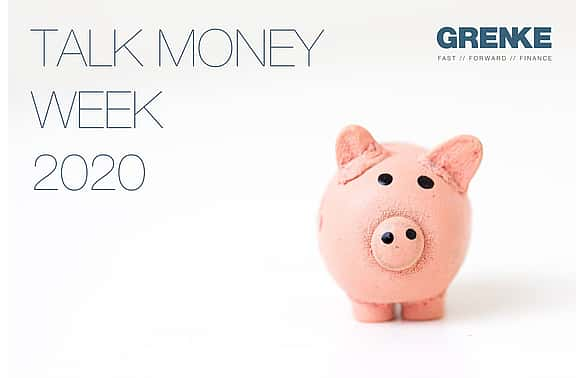In accounting, assets, liabilities and equity make up the three major categories on a company’s balance sheet, one of the most important financial statements for SMEs. But how does finance affect these categories?
ASSETS
Assets are everything a business owns. They are found on the left side of a balance sheet.
There are two types of assets: current and fixed assets. Current assets are assets that can be quickly converted into cash. They include cash, accounts receivable and inventory. The more current assets a small business has the better.
Fixed assets are physical items that last over a year and have financial value to a company, such as computer equipment and tools.
LIABILITIES
Liabilities are everything a business owes, now and in the future. They are found on the right side of a balance sheet. A common small business liability is money owed to suppliers i.e. accounts payable.
There are two types of liabilities: current and long-term liabilities. Current liabilities need to be paid back within a year and include credit lines, loans, salaries and accounts payable. Long-term liabilities can be paid back after a year and include leases, mortgages and bonds.
ASSET FINANCE & THE BALANCE SHEET
Under IFRS 16, the new leasing standard released by IASB, all leases should be recorded on the balance sheet as liabilities, at the present value of the future lease payments, along with an asset reflecting the right to use the asset over the lease term.
Any business wants its liabilities to be smaller than its assets. Lets look at the accounting formula:
Liabilities - Assets = Equity
With asset finance, your lease is a liability. Over time with your fixed repayments, this liability decreases, increasing your equity.
With cash purchase, your assets reduce significantly on the spot. Requiring business to 'fill the asset' gap with cash and accounts receivable (tangible assets).
The balance sheet will always prefer a finance lease over cash purchase.
INVOICE FINANCE & THE BALANCE SHEET
Invoice finance streamline payments between one businesses liabilities and another businesses assets. By financing your invoices, you can receive up to 90% of your invoices immediately, injecting cash into the balance sheet.
The account receiveables management team go on to claim back that cash asset from your customer. Your customer receives a professional service to collect their current liability with your business.
The balance sheet will always stay financially healthy with invoice finance.
Whether you choose to add asset or invoice finance to your balance sheet, your business will benefit.


